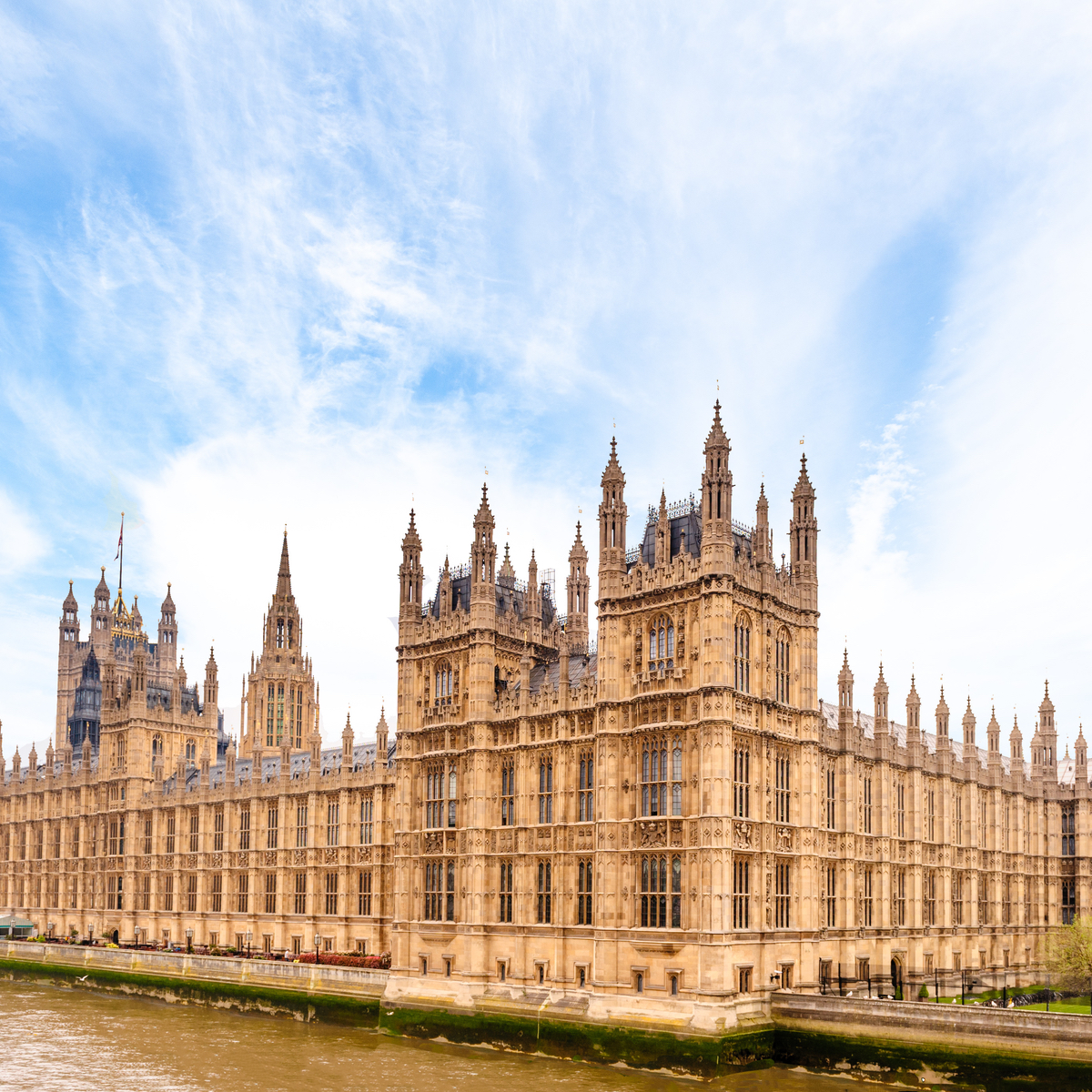On the day when the BOE announced a surprise interest rate cut to 0.25%, the budget was delivered by the new chancellor who sounded an upbeat note with positive actions to address the Covid 19 crisis.
He also announced other key points that are worth noting:
1: Increasing National Insurance thresholds
The Budget confirms the government’s commitment to increase the thresholds at which employees and the self-employed start paying National Insurance contributions (NICs) to £9,500 from April 2020.
Around 1.1 million people will be taken out of paying Class 1 and Class 4 NICs entirely. This is the first step In meeting the government’s ambition to increase these thresholds to £12,500, which would save a typical employee over £450 per year
2: National Insurance holiday for employers of veterans in first year of civilian employment
To support the employment of veterans, the government is meeting the commitment to introduce a National Insurance holiday for employers of veterans in their first year of civilian employment.
3: Tapered annual allowance for pensions
The pensions annual allowance is the maximum amount of tax-relieved pension savings that can be accrued in a year. For those on the highest incomes, the annual allowance tapers down from £40,000. HM Treasury has reviewed the tapered annual allowance and its impact on the NHS, as well as on public service delivery more widely.
To support the delivery of public services, particularly in the NHS, the two tapered annual allowance thresholds will each be raised by £90,000. This means that from 2020-21 the “threshold income” will be £200,000, so individuals with income below this level will not be affected by the tapered annual allowance, and the annual allowance will only begin to taper down for individuals who also have an “adjusted income” above £240,000.
For those on the very highest incomes, the minimum level to which the annual allowance can taper down will reduce from £10,000 to £4,000 from April 2020. This reduction will only affect individuals with total income (including pension accrual) over £300,000. Proposals to offer greater pay in lieu of pensions for senior clinicians in the NHS pension scheme will not be taken forward.
4: Lifetime allowance for pensions
The lifetime allowance, the maximum amount someone can accrue in a registered pension scheme in a tax-efficient manner over their lifetime, will increase in line with CPI for 2020-21, rising to £1,073,100.
5: Savings Tax
Starting rate for savings tax band – The band of savings income that is subject to the 0% starting tax rate will remain at its current level of £5,000 for 2020-21.
Individual Savings Account (ISA) annual subscription limit – The adult ISA annual subscription limit for 2020-21 will remain unchanged at £20,000. (55)
Junior ISA and Child Trust Fund annual subscription limit – The annual subscription limit for Junior ISAs and Child Trust Funds will be increased from £4,368 to £9,000.
6: Corporation Tax
Since 2010 the government has cut the headline rate of CT from 28% to 19%, giving the UK the lowest headline rate in the G20. To provide support for vital public services while maintaining the UK’s competitive rate of CT, the government will legislate to retain the current 19% rate in April 2020.
7: Company car tax (CCT): Rates
As set out in July 2019, the government will reduce most CCT rates by 2% in 2020-21 for cars first registered from 6 April 2020. Rates will return to planned levels over the following two years, increasing by 1% in 2021-22 and 1% in 2022-23. Rates will then be frozen until 2024-25.
For the full text of the Budget, Visit the following HM Treasury Link
https://www.gov.uk/government/publications/budget-2020-documents





